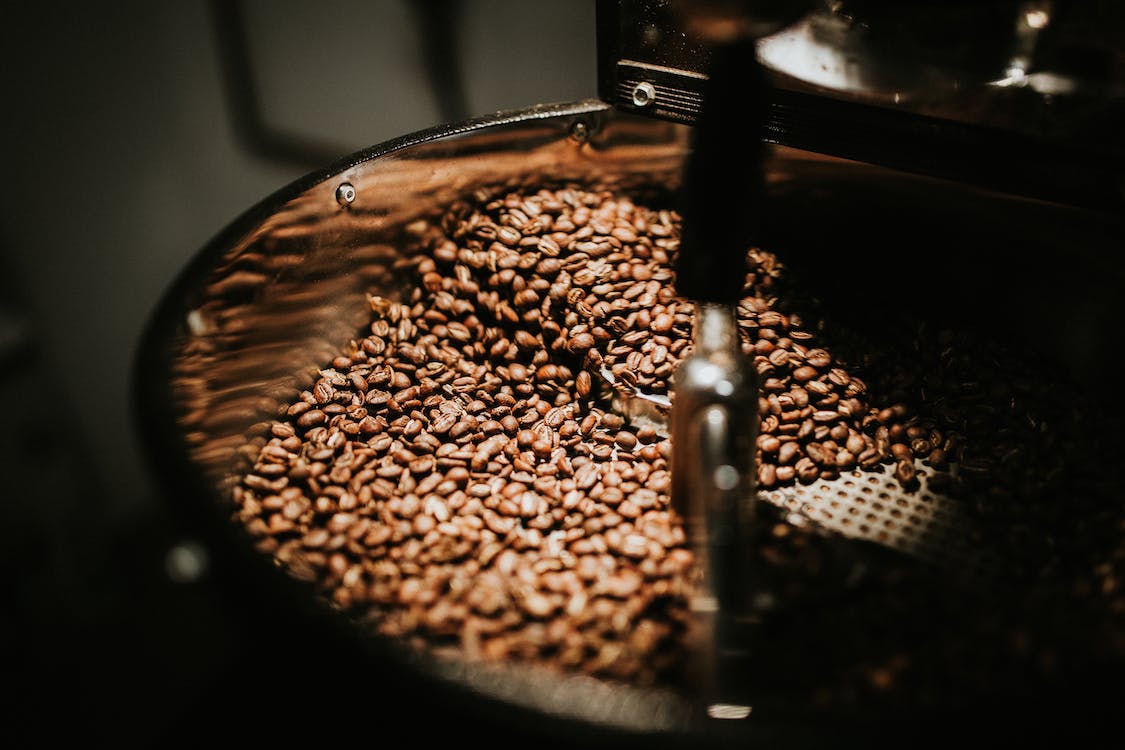
FAQ About Coffee

What is the process of cupping coffee?
Cupping is a standardized method used to evaluate and assess the aroma, taste, and quality of coffee. It is commonly performed by coffee professionals, including roasters, buyers, and Q-graders. Here is an overview of the process of cupping coffee:
- Gathering the Equipment: The cupping process requires specific equipment, including cupping bowls or cups, cupping spoons, a scale, hot water, coffee grinders, and aroma/flavor descriptors.
- Selecting the Coffee: Choose the coffee beans you want to evaluate. It could be a single-origin coffee, a specific roast, or a blend. Ensure that the coffee is freshly roasted and ground just before cupping to capture its optimal flavors and aromas.
- Roasting: If you are conducting a cupping session involving green coffee beans, roast them to a standardized level, such as a light or medium roast. Consistency in the roast level allows for fair comparisons between different coffees.
- Grinding the Coffee: Grind the coffee beans to a medium-coarse consistency. The grind size should be uniform to ensure consistent extraction during the cupping process.
- Smelling the Dry Ground Coffee: Before brewing, take a moment to smell the dry ground coffee. This step allows you to detect the initial aromas and assess any fragrance characteristics.
- Adding Coffee and Hot Water: Place a predetermined amount of coffee grounds (typically around 8.25 grams) into each cupping bowl or cup. Pour a specific amount of hot water (around 150-200 ml) at the appropriate temperature (usually between 195-205°F or 90-96°C) over the coffee grounds. Let the coffee steep for a few minutes.
- Breaking the Crust: After the steeping period (usually around 4 minutes), gently break the crust that forms on the surface of each cupping bowl by using a cupping spoon. This step releases the coffee's aroma, allowing it to be evaluated.
- Evaluating Aroma: Bring the cupping spoon close to your nose and inhale the released aromas from each cupping bowl. Take note of the various fragrance characteristics, such as floral, fruity, herbal, or roasted notes.
- Skimming and Cleaning: Use a spoon to skim off any remaining coffee grounds or foam on the surface of the cupping bowls. This helps to ensure a clear and consistent evaluation of the coffee's flavor.
- Tasting: Take a spoonful of coffee from each cupping bowl and slurp it into your mouth, aspirating it to distribute the coffee across your taste buds. Assess the flavor, acidity, body, sweetness, and aftertaste of each coffee. Evaluate the intensity of flavors, balance, and overall quality.
- Recording Observations: Use a cupping scorecard or evaluation sheet to record your observations and ratings for each coffee. Note the specific characteristics, strengths, and any potential defects.
- Comparing and Ranking: Compare the different coffees side by side, evaluating their unique qualities, and rank them based on your preferences or specific criteria.
